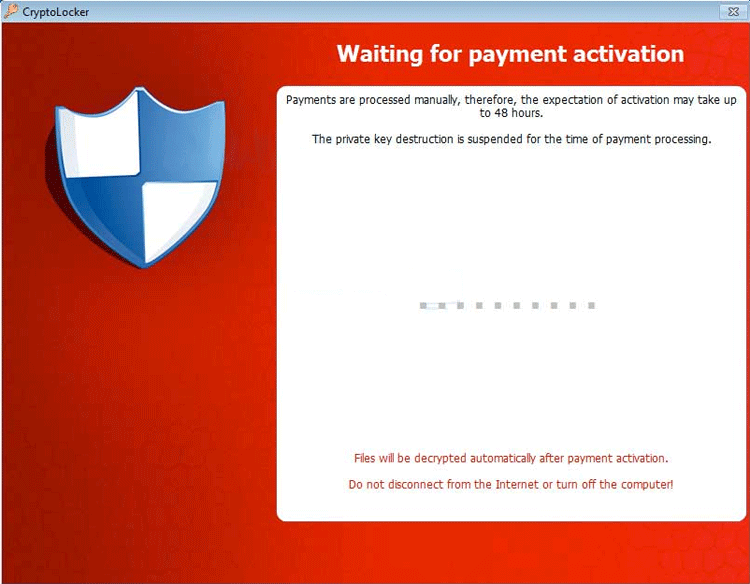
Because email is cheap and simple to use, it’s a good means for attackers to distribute ransomware.

The phishing email targets employees, both low- and high-privileged users. Phishing is one of the most common ways for ransomware to spread. Threat actors have escalated their use of phishing as more people work from home. If the local network is a business, the ransomware may encrypt vital documents and system data, causing services and productivity to be disrupted. Ransomware analyzes a local device as well as any network-connected storage, making a vulnerable device a possible victim of the local network. This covers everything on your hard disks as well as any attached media, such as USB memory sticks or network drives.Īny device that is linked to the internet is susceptible to ransomware. It’s a Trojan horse that infects your computer and then goes through your folders looking for files to encrypt. The Cryptolocker is a malware threat that has attracted a lot of attention in recent years. Phishing emails with harmful attachments are the most common method of infection. Once infected, victims are asked to pay a “ransom” to have their files decrypted and recovered. If the victim doesn’t pay the ransom in time, the data will be lost forever or the ransom will go up.ĬryptoLocker is a type of ‘ransomware’ that encrypts the contents of affected machines to prevent access. The ransom demand is frequently accompanied by a deadline.

Ransomware is a kind of malignant programming (malware) that takes steps to uncover or restrict admittance to information or a PC framework, for the most part by scrambling it, except if the casualty pays the attacker a ransom price. A) Worm B) Sniffer C) Evil Twin D) Ransomware.


 0 kommentar(er)
0 kommentar(er)
